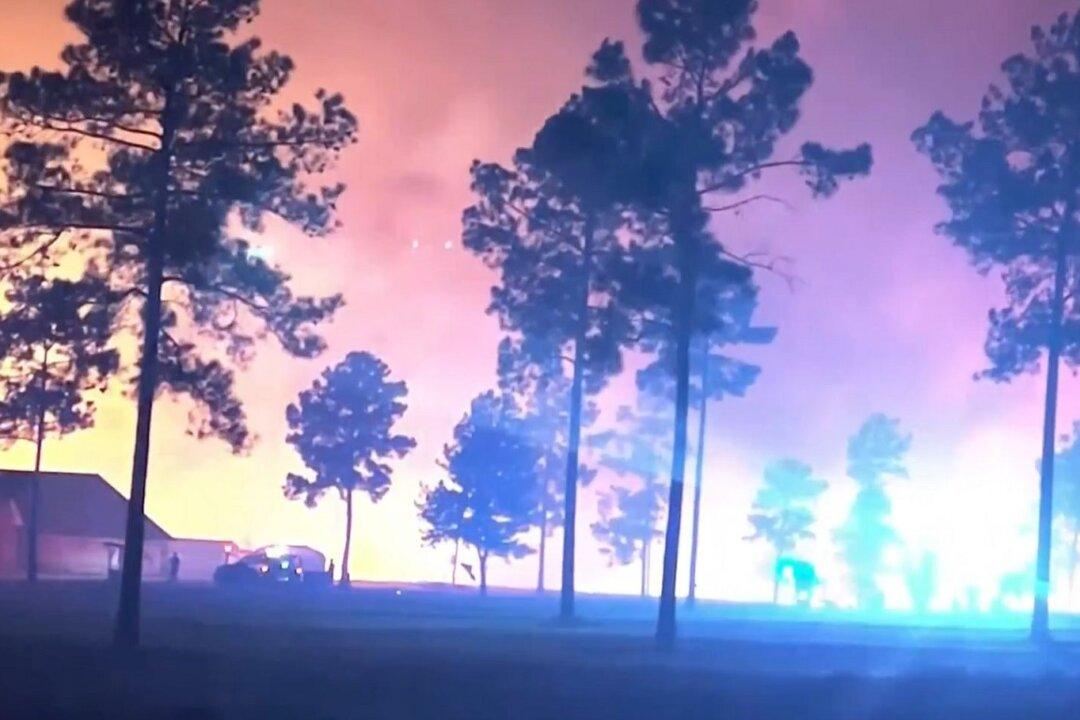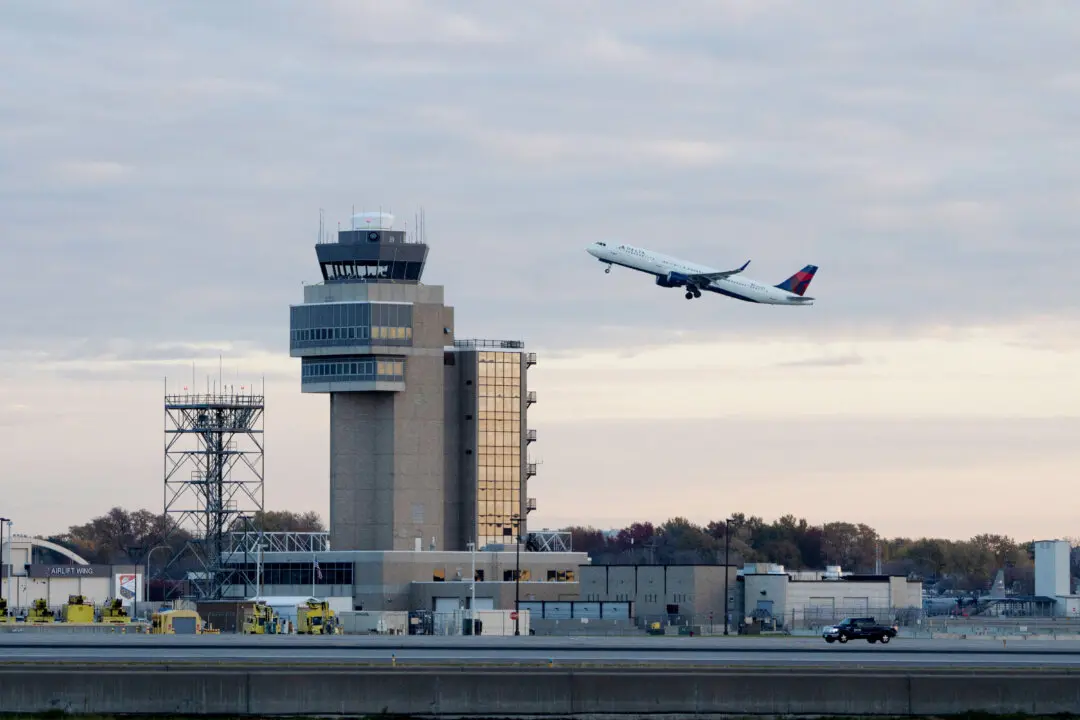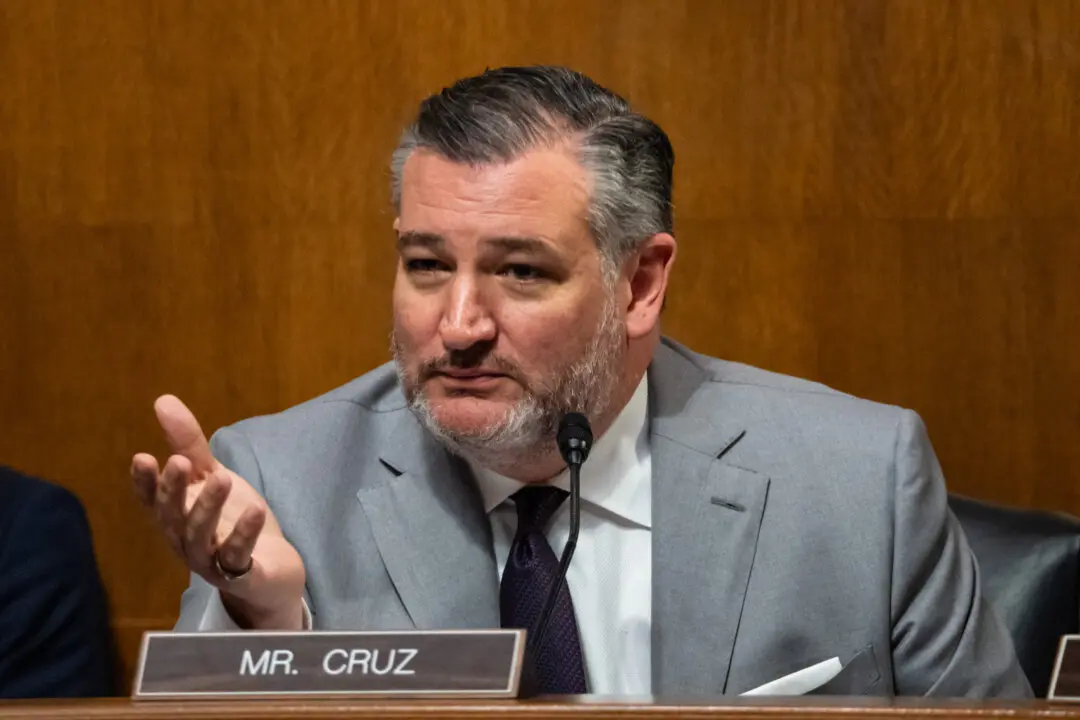Wildfires in Florida and the eastern United States are getting larger and stronger and are shifting seasonally, according to an analysis of 36 years of federal burn data by researchers from the University of Florida (UF).
The study used data from the Federal Monitoring Trends in Burn Severity Database between 1984 and 2020.





